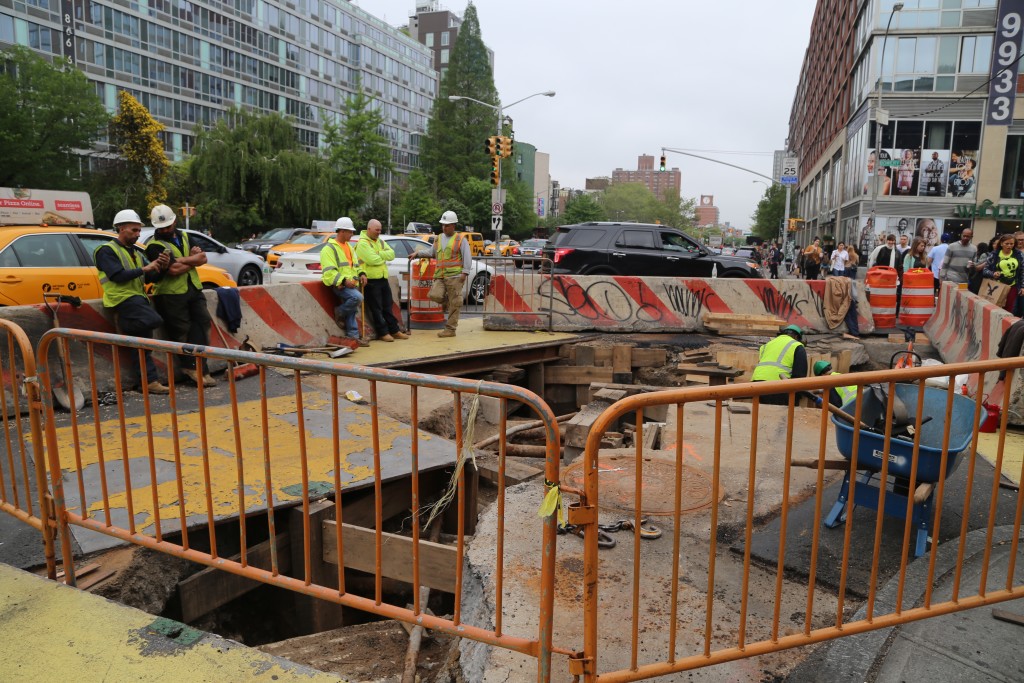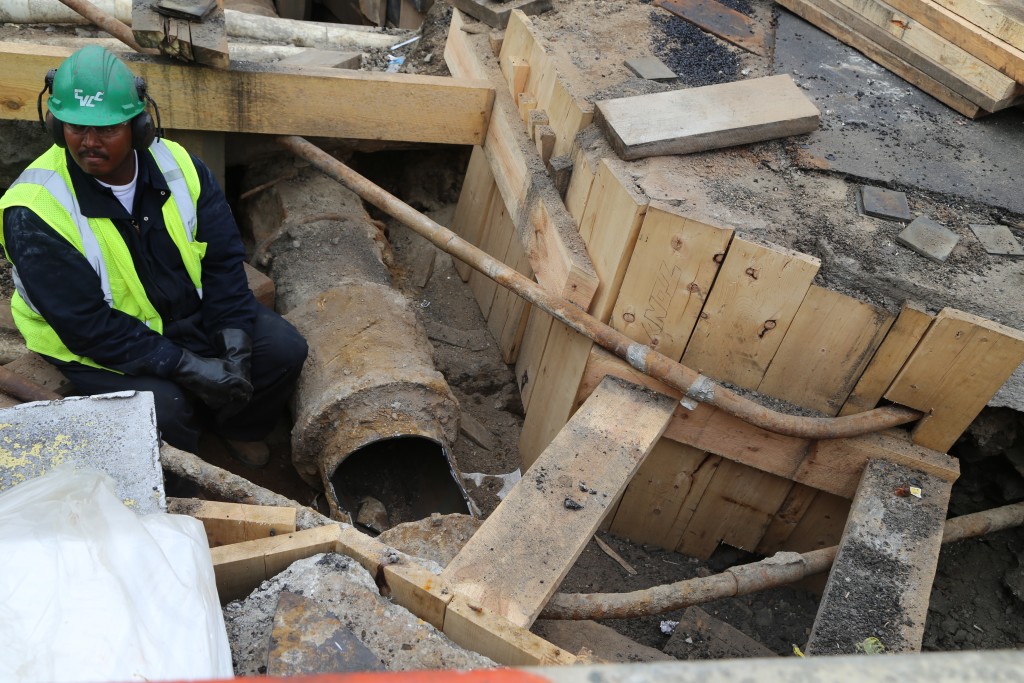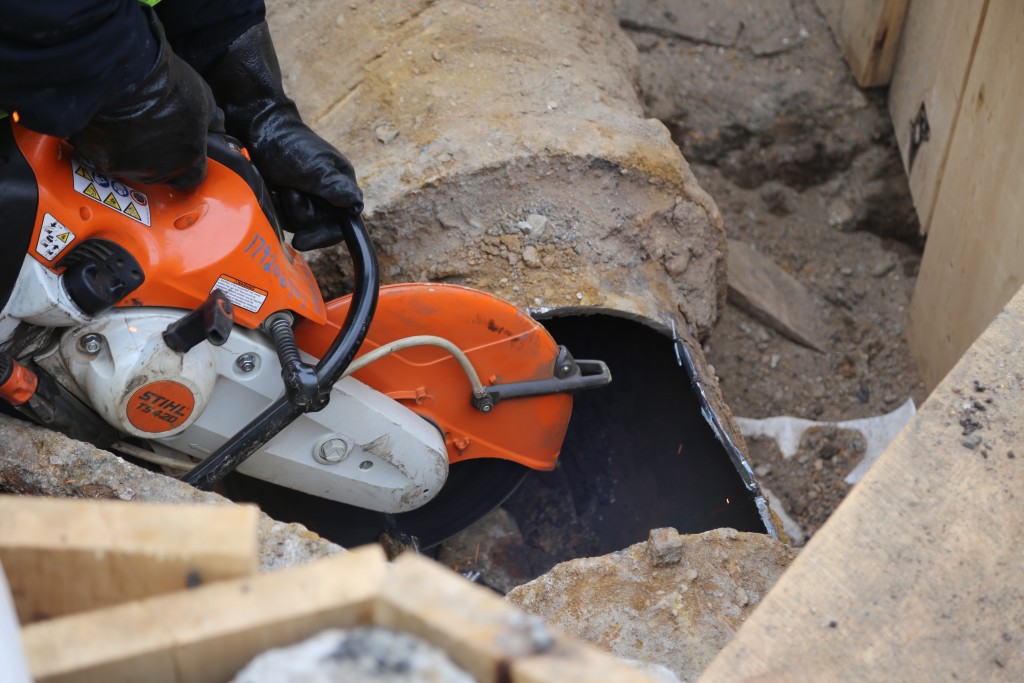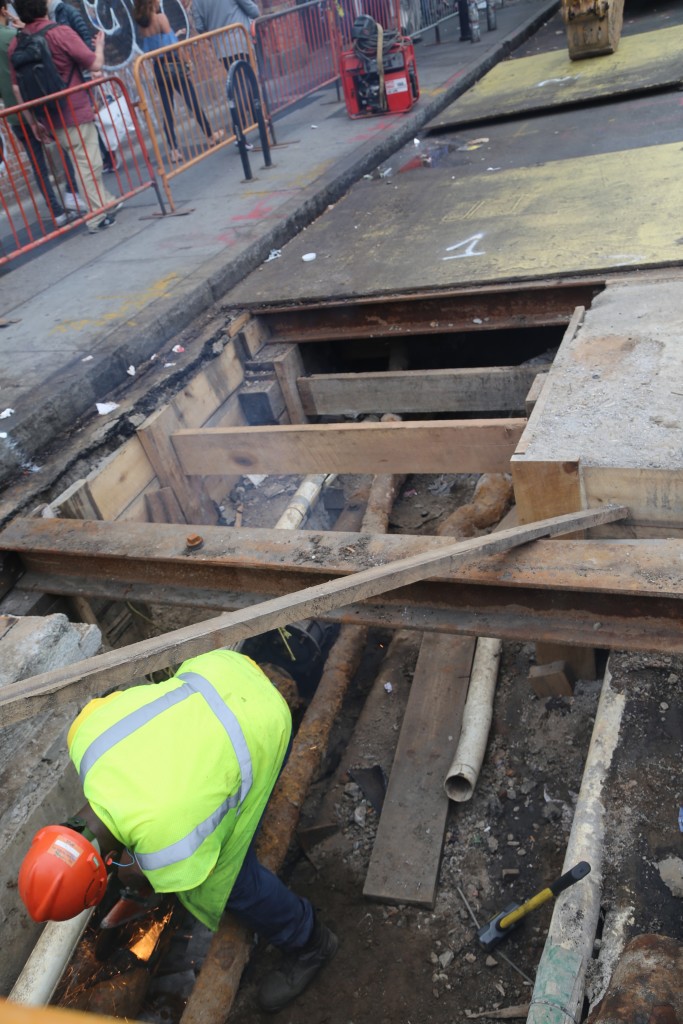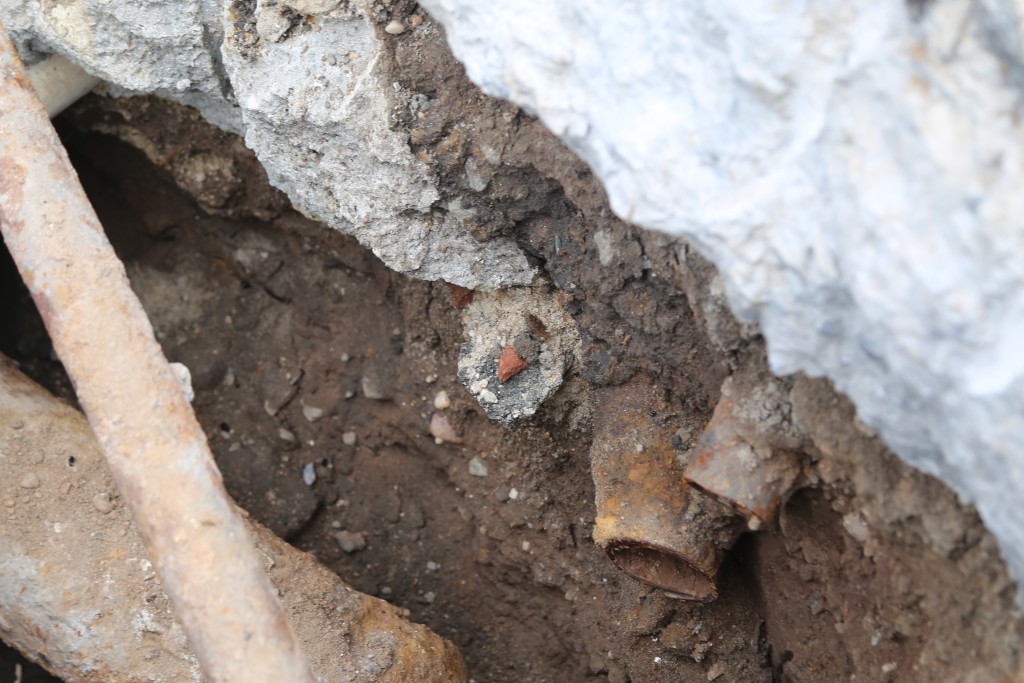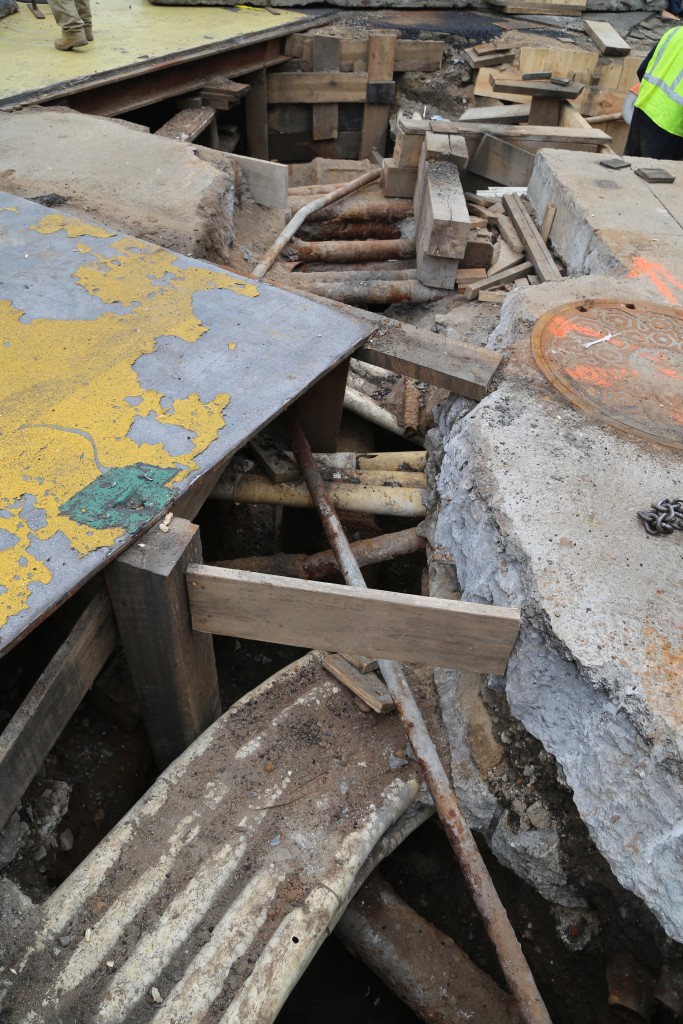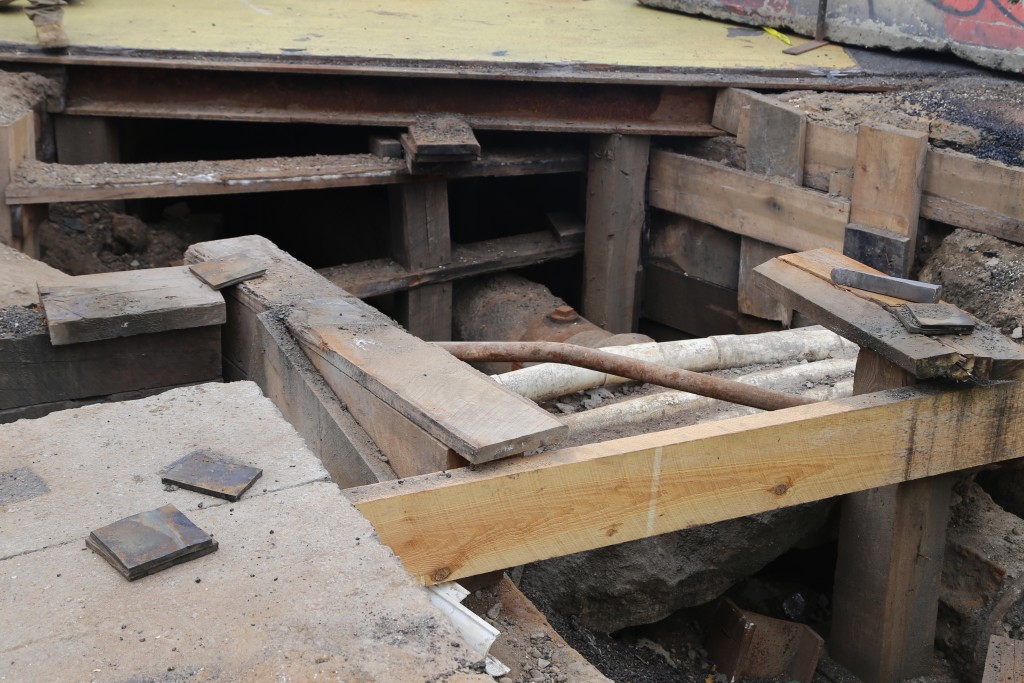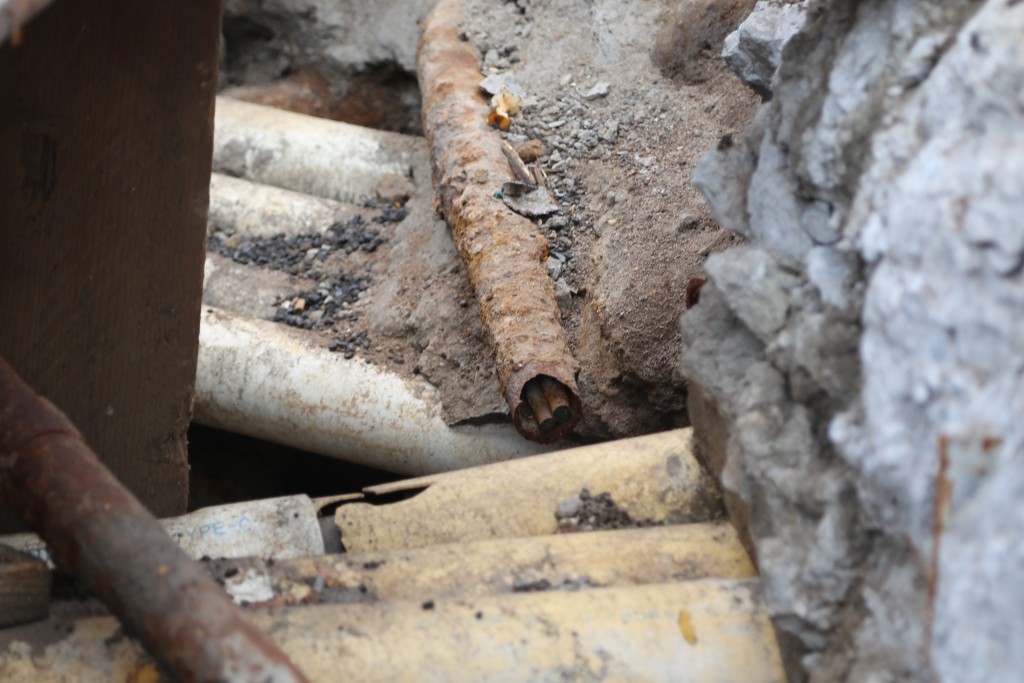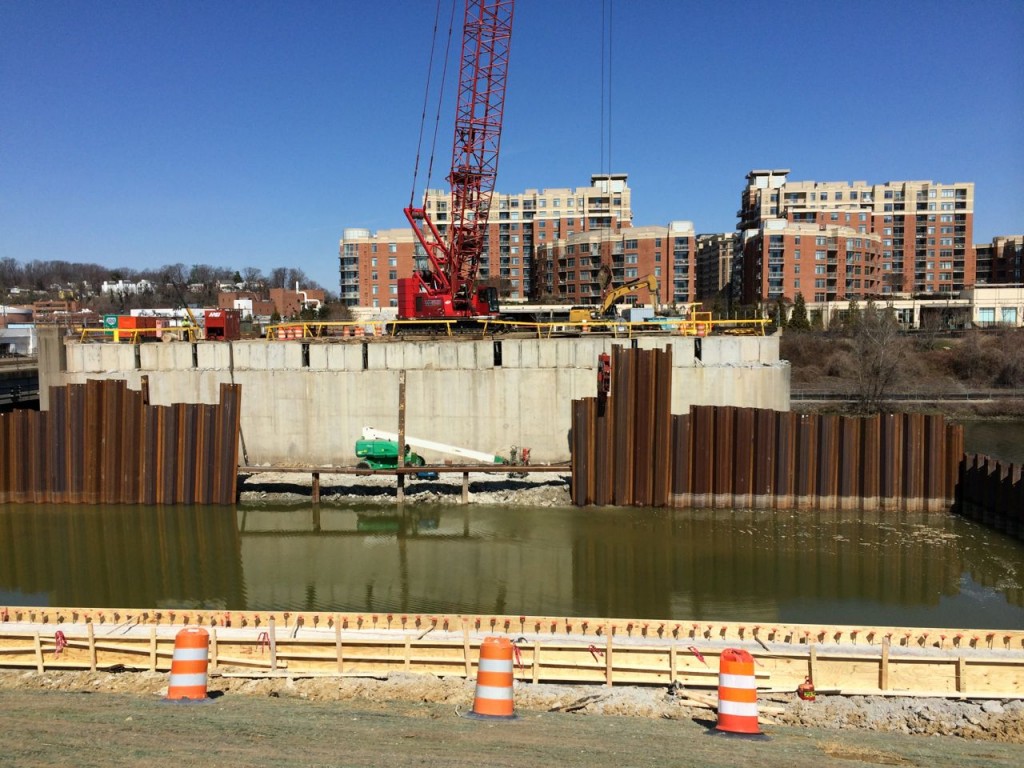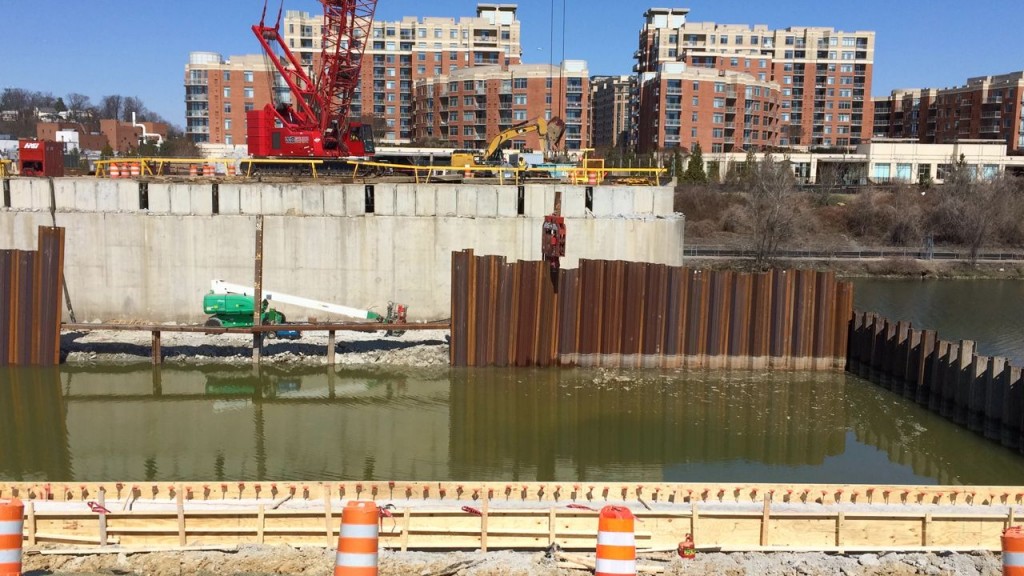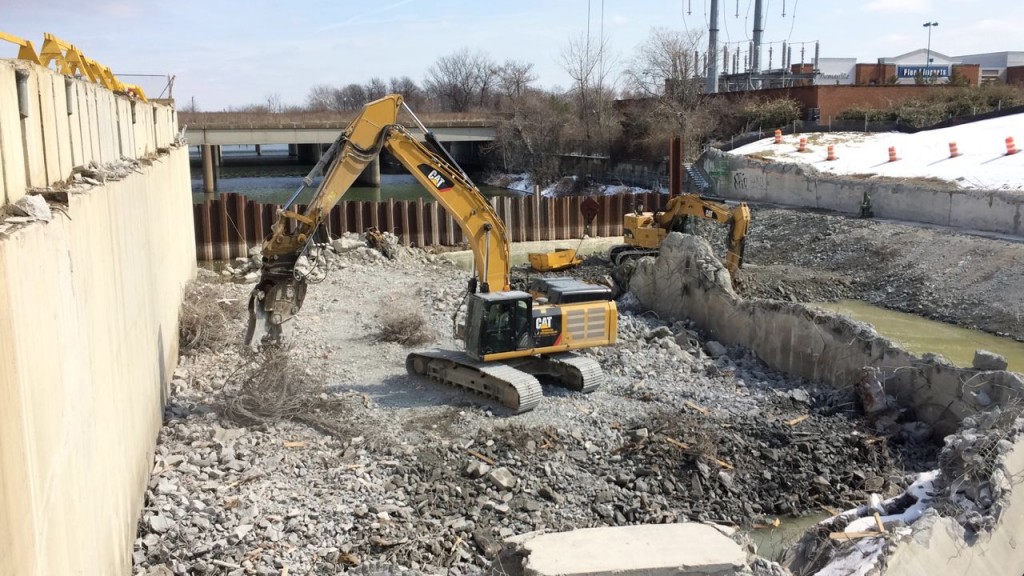Early in my career as an environmental engineer, I sometimes did field work that involved soil and groundwater sampling. The type of soil sampling I did used shallow coring down to about 15 or 20 to obtain different depth soils to analyze for contamination. Number one rule before coring or digging for any reason, is to have all the utility marked. Most, if not all, states have a single number you can call and request the utility companies come out and mark where their underground pipes, wires, or whatever are. They would come and spray paint lines to denote their utilities, and then the drillers and I would know to avoid those areas. The sites I worked out were fairly simple, and avoiding utilities was pretty straightforward. Then there are old, densely populated cities like New York. I have never done any type of digging in New York City, and I hope I never do. The underground is a maze of pipes and wires and then below that are subways and basements and who knows what else.
I went to New York City this past Saturday. While walking around, I passed an area where the street had been excavated for utility work of some type. There were four guys cutting holes in a large diameter metal pipe. I asked one of them what the pipe carried, and he said it was for gas, but it had not been used in a long time. Because I am an engineering nerd, I of course had to take a bunch of photos, and what I saw confirmed my desire to never do any digging work there. My hat is off to the people who do. They must have to do the digging by hand, possibly with a tablespoon to get around all the pipes. The shoring looked like some crazy Tetris scene trying to put the beams around the pipes. The guys cutting the pipes had barely any room to work and that is not mentioning how they were bending down to cut.
So if you were ever curious just what types of utilities are below the streets of Manhattan, see below.

